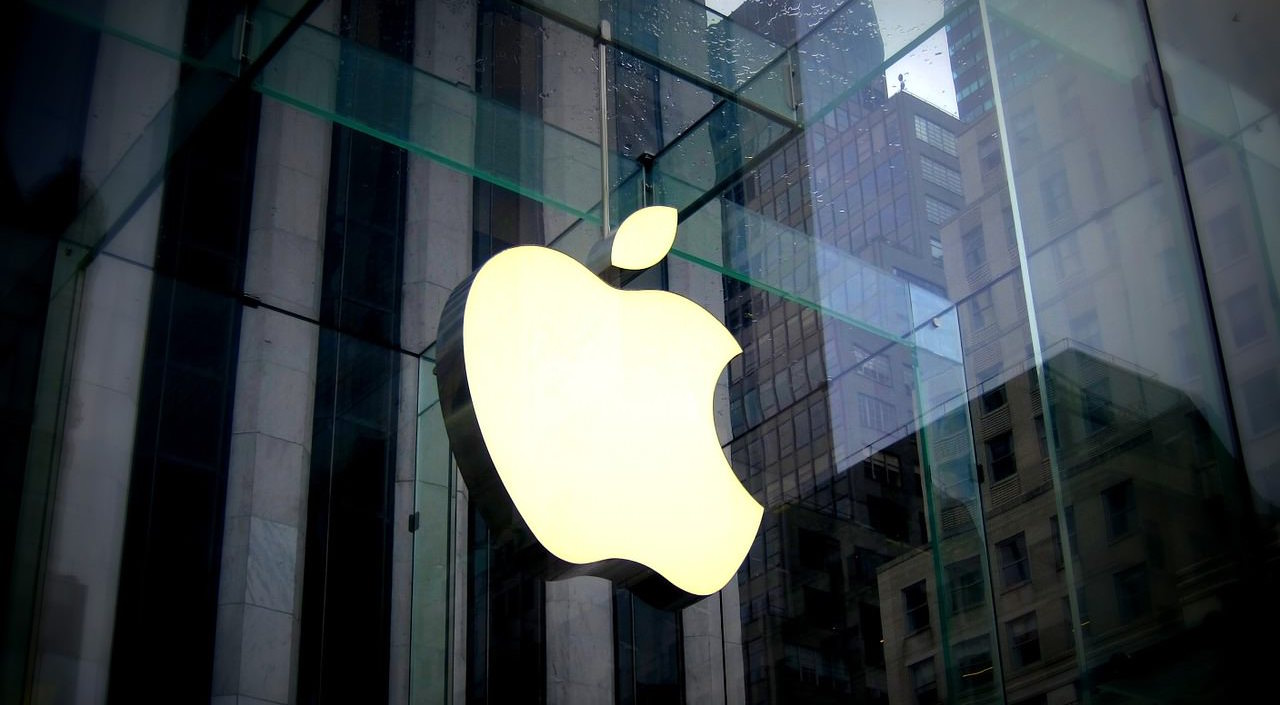by Kristina Hooper, Chief Global Strategist, Invesco Canada
From the U.S. Treasury yield curve, to stock market volatility, to China’s COVID response – I’m getting a lot of questions from clients about what conclusions we can draw from the daily deluge of data that investors have to contend with. This week, I address the latest inquiries.
Is the U.S. Treasury yield curve signaling an impending recession?
The spread between the 10-year and 2-year U.S. Treasury yields has narrowed from about 80 basis points to 20 basis points in a relatively short period of time, leading to much speculation about whether a recession may be imminent.1 However, it is important to note that the yield spread remains significantly wider than it was in the summer of 2019 when it briefly inverted.
My take on the curve: Recession risks have clearly risen, but a near-term yield curve inversion and subsequent recession is definitely not a “fait accompli.” Yes, it’s true that historically the bond market has been a more accurate predictor of recessions. And we are seeing multiple parts of the yield curve already inverting – but not all. In fact, the spread between the 10-year and 3-month U.S. Treasury yields has recently widened, suggesting we could avoid a recession. Developed central banks, especially the U.S. Federal Reserve, may still be able to engineer a soft landing.
And as my colleague Brian Levitt has pointed out, a yield curve inversion typically signals a recession far out in the future. Over the past six decades, the median amount of time between the initial inversion of the yield curve and the onset of a recession is 18 months.2 Further, as Brian has pointed out, a yield curve inversion has not historically been a good sell signal for stocks. In fact, the median return of the S&P 500 Index from the date in each cycle when the yield curve inverts to the market peak is 19%.3
Are longer-term U.S. consumer inflation expectations becoming unanchored?
They don’t appear to be. The New York Fed measures one-year and three-year ahead inflation expectations, and both have shown an increase recently. Last week, the University of Michigan released its final Survey of Consumers for March. As with the NY Fed Survey, one-year ahead inflation expectations rose — up to 5.4% from February’s final reading of 4.9%. However, Michigan’s five-year ahead inflation expectations held steady at 3%.4 This suggests that, despite Russia’s invasion of Ukraine and the substantial rise in the prices of many commodities, longer-term inflation expectations remain somewhat well-anchored. That doesn’t mean that expectations won’t change the longer the crisis persists, which is why we will want to follow this metric closely.
How can sentiment be so bad and yet stocks have been rising?
It is true that sentiment is poor. U.S. consumer sentiment, as measured by the University of Michigan, declined further in March and is at a low for the decade, largely driven by concerns about inflation.5 However, economic conditions largely remain good in the United States, with a tight labour market, as evidenced by better-than-expected initial jobless claims last week. Leading economic indicators also continue to show solid readings. It is unclear whether the Fed will be able to engineer a soft landing, and while recession risks are increasing, the U.S. stock market is clearly signaling continued optimism while the bond market is signaling some fear. In addition, stocks have generally become more attractive to investors given the significant pullback they recently experienced.
Not all stocks have risen in the past week. European stocks fell last week, and that makes sense given that they are more vulnerable to the impact of Russia-Ukraine in the shorter term. German business sentiment, as measured by the IFO German Business Expectations Index, dropped 13.3 points in March.6 This was driven by extreme uncertainty, which also makes sense given how close Germany is to the epicenter of the crisis. However, I believe any progress toward resolution of the Russia-Ukraine crisis would likely benefit European stocks more substantially.
Why has U.S. stock market volatility decreased so much?
Indeed, the VIX has fallen to levels not seen since before Russia’s invasion of Ukraine. As I expected, U.S. stocks are becoming acclimated to a “new normal” of ongoing geopolitical conflict in eastern Europe. And as I mentioned above, stocks are clearly indicating more optimism about the U.S. economy. It is interesting to note that the VIX peaked at the same time the 10-year/3-month U.S. Treasury curve began to re-steepen. However, while U.S. stocks could continue to hold up, I expect volatility to increase again given the dual headwinds of Fed tightening and geopolitical risk. This could be a calm before another storm.
Should we be worried about China’s economy given continued COVID-19 lockdowns?
We have already seen a number of lockdowns, but the impact on manufacturing has been manageable so far. However, household spending and the services side of the economy could experience further headwinds from this current wave of the virus. And so the Chinese economy’s strong start to the year could stall due to recent pandemic disruptions, although we expect policymakers are likely to further ramp up monetary and fiscal policy support in the second quarter. That suggests any downturn could be very brief. We still believe the Chinese economy will re-accelerate in the back half of 2022.
Is globalization dead?
In my view — definitely not. To paraphrase Mark Twain, reports of its death have been greatly exaggerated. Yes, the pandemic and the Russia-Ukraine war have delivered a one-two punch to globalization, and so it has certainly experienced a setback. Simply put, in the short run, geopolitics may dominate business decisions, but in the longer run, economics dictates business decisions. Companies do what is in the best interests of their shareholders and customers, and that means businesses will continue to embrace the concept of comparative advantage. I believe that means we will likely continue to move toward greater globalization.
Where is there opportunity in this challenging environment?
Some investors like to make tactical allocations, and we believe there are always opportunities even in the most challenging environments. For example, we are currently finding Japanese equities attractive. The Japanese economy faced headwinds in the back half of 2021, as the vaccination rollout was slower than expected, and that weak domestic economy weighed on Japanese equities. However, now Japan’s economy is benefiting from a loosening of COVID-19 restrictions, a weaker yen and fiscal stimulus. And while many major central banks are tightening, the Bank of Japan (BOJ) appears poised to remain very accommodative for now, as articulated by BOJ Governor Haruhiko Kuroda in recent comments: “It will be neither necessary nor appropriate to tighten policy because much of the expected inflation will result from higher commodity prices and import costs.”7 In addition, corporate profitability is being helped by lower wage costs in Japan relative to other developed countries.
Overall, we always advocate being well-diversified both across and within asset classes for the long run, staying the course with your long-term financial plan, and staying calm in the midst of market uncertainty.
With contributions from David Chao and Tomo Kinoshita.
1 Source: St. Louis Fed, as of March 25, 2022
2 Source: National Bureau of Economic Research; Bloomberg, L.P.; Invesco
3 Source: Bloomberg, L.P. Past performance does not guarantee future results.
4 Source: University of Michigan Survey of Consumers, as of March 25, 2022
5 Source: University of Michigan Survey of Consumers, as of March 25, 2022
6 Source: ifo Institute, March 25, 2022
7 Source: Kyodo News, “BOJ keeps easing policy steady amid low inflation, Ukraine crisis”, March 18, 2022
This post was first published at the official blog of Invesco Canada.
















